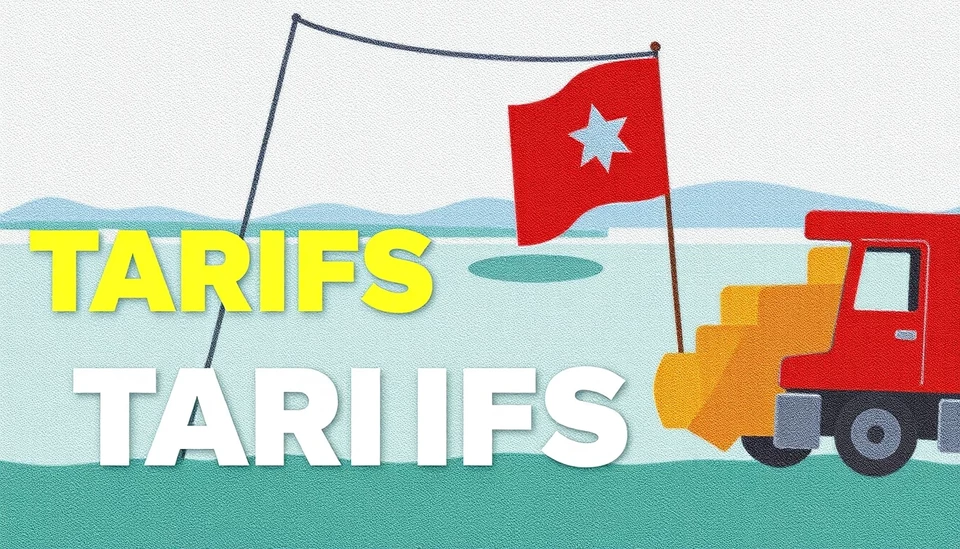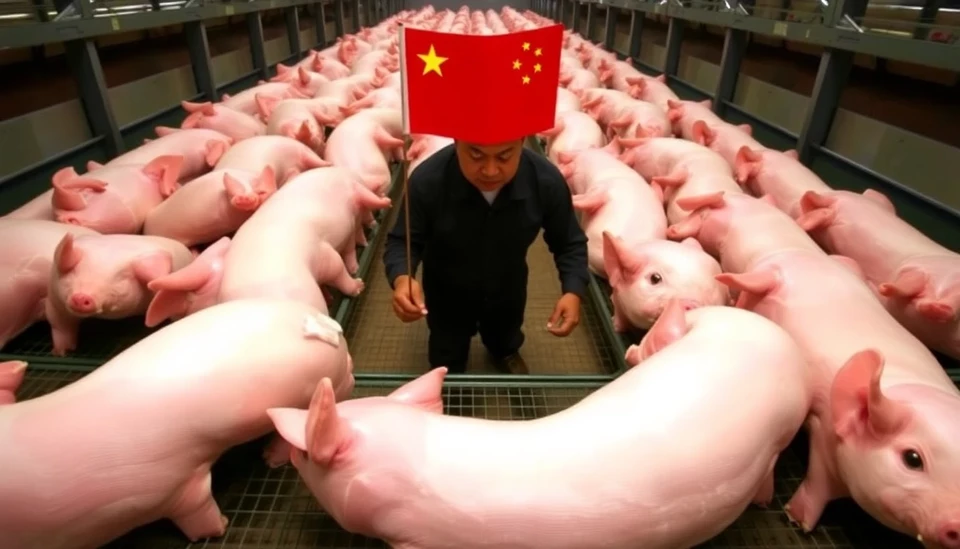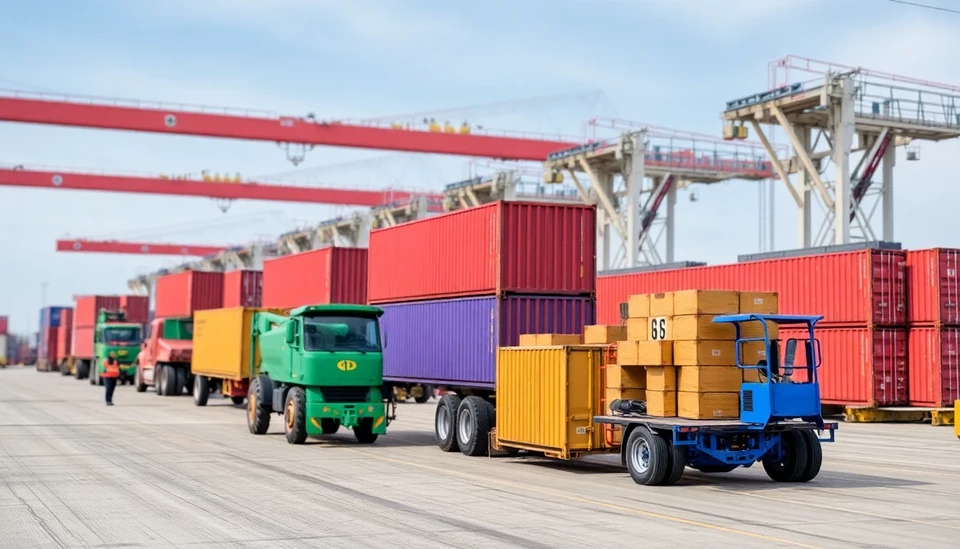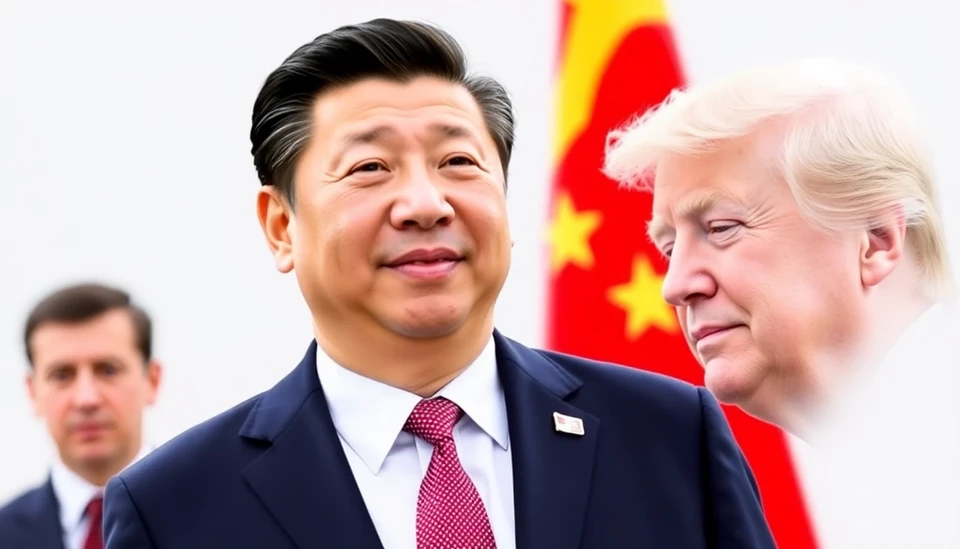
In recent discussions about international trade and economic strategies, tariffs have become a focal point. These taxes on imported goods have implications that extend beyond mere revenue generation; they affect prices, consumers, and the overall economic landscape.
Tariffs are essentially government-imposed taxes levied on goods and services imported from other countries. Their primary purpose is to increase the cost of foreign products, thereby making domestic goods more competitive. When a country applies a tariff on a product, the importer is responsible for paying this tax at the customs point, and these costs are usually passed down to consumers in the form of higher prices.
The debate about who ultimately bears the burden of these tariffs is multifaceted. While they are initially paid by importers, businesses will often raise their prices to maintain profit margins, leading to consumers facing higher costs. This cascading effect means that while tariffs may aim to protect domestic industries, the intended beneficiaries can also bear the brunt of increased prices.
On the other hand, tariffs generate significant revenue for governments. This can be an appealing prospect for policymakers looking to bolster national income streams. However, the revenue generated is often overshadowed by the potential backlash from consumers and trading partners. Countries subjected to tariffs may retaliate, leading to further trade conflicts which can have dire economic consequences.
Economists have varied opinions about the long-term effects of tariffs. Some argue that, in the short term, tariffs can help protect emerging industries and jobs within a country. However, in the long run, there is consensus that reliance on tariffs can lead to inefficiency, higher costs for consumers, and strained international relations. As such, tariff policies need to be scrutinized rigorously to assess their broader economic impact.
The recent escalation of tariff implementations in several regions reflects an urgent need to understand their intricacies. The ongoing dialogue about tariffs interplays with larger issues like inflation, economic recovery, and global supply chains. As countries rebound post-pandemic, the ramifications of their trade policies will continue to shape local and global economies.
In conclusion, while tariffs may serve immediate protective purposes, their long-term implications can ripple through markets, influencing everything from consumer prices to international relations. They remain a tool that balances the complex dynamics of domestic advocacy versus global economic integration.
#Tariffs #TradePolicy #Economics #GlobalTrade #ConsumerImpact #EconomicStrategy #Inflation #InternationalRelations
Author: Laura Mitchell




